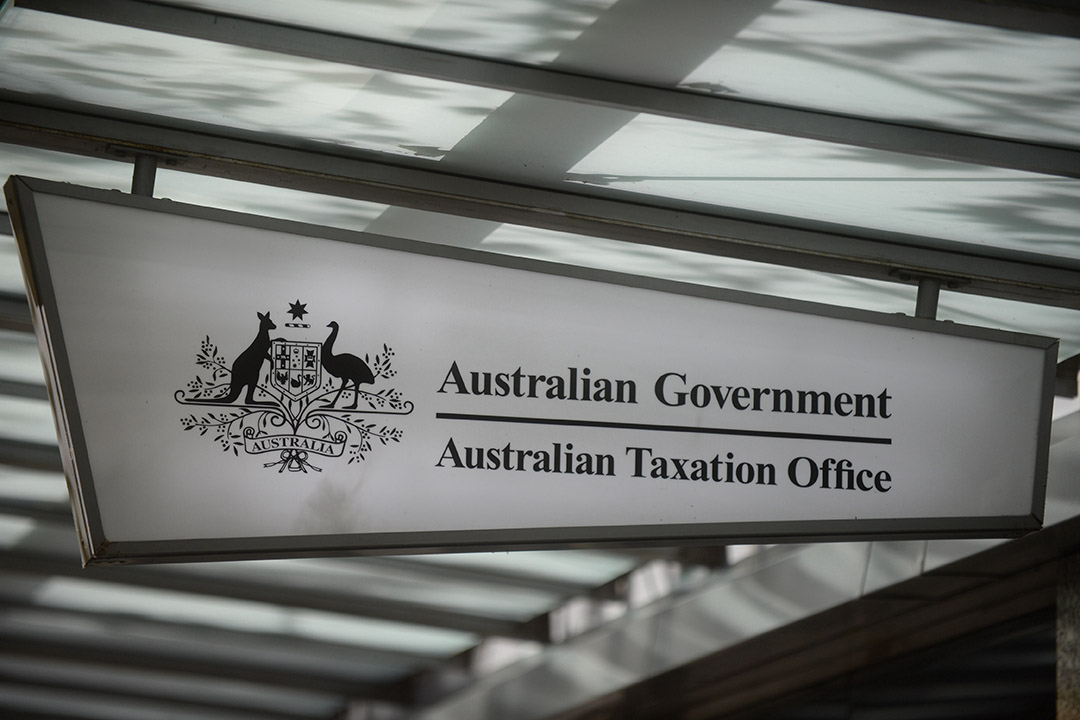

The calculation of a Capital Gain (or loss) should be simple, however unfortunately it’s becoming more and more complicated, not because the information required to calculate the gain (or loss) has changed, but because the detail of information has increased. This is mainly to the large uptake by investors participating in Dividend Reinvestment Plans (DRPs) combined with the simplicity of retail trading platforms that allow mum and dad investors to trade freely and frequently at their will.
Calculating the Capital Gain (or Loss) on the disposal of assets should in most instances be a relatively simple calculation. You take the Cost Base (purchase price plus costs such as brokerage fees) away from the Sale Price (less costs such as brokerage fees) and you have the gain (or loss) made on the sale.
Depending on whether you have held the asset for over 12 months or not, you may be eligible for a discount of 50% of the gain. The gain you make is then added to your taxable income and taxed at your marginal rate of tax.
The issue that many investors and their tax advisors are facing is the volume of capital gains calculations that are required when a client disposes of their investments particularly if they have held their shares for a long period of time and participated in DRPs along the way. Add on the possibility that the company they invested in many years ago was involved in a de-merger, a takeover or a capital restructure. This creates a very complicated situation that arises when calculating the capital gain.
The Australian Taxation Office (ATO), through its sophisticated data matching program, has up to date information on when taxpayers dispose of their shares. Even before you go to lodge your tax return, the ATO has the date, amount and quantity of shares sold in that financial year. What they do not have is the date of when these shares were acquired, so unless you have accurate records of your acquisitions, it can lead to one of two scenarios, each very dangerous in their own regard. You could either overpay tax by understating your cost base (not ideal) or you underpay tax which can lead to ATO scrutiny plus fines and penalties.
Take a quick example, Joe Bloggs sells 1000 IAG shares. Joe acquired 500 of these shares when NRMA first floated in the year 2000 and since then he has participated in the DRP and hence on average, has purchased two new parcels of shares each year. For one sale of 1000 shares, Joe has now over 40 individual CGT calculations to make as each time he acquired new shares a new cost base was created. Take Joe’s simple sale of his 1000 shares and add on multiple shareholdings across many companies and the volume of calculations increases remarkably. Add on other complications such as death, moving house, computers crashing, marriage breakdown, changing trading platforms and losing documents - you have a scenario that becomes frightening for those left to calculate the capital gains liability. Imagine an investor that has 20 different shareholdings all participating in DRPs and they hold these shares for 40 years. It’s a minefield requiring possibly hundreds of capital gains calculations.